Dong Khoi Movement, the turning point of the Southern revolution
The Dong Khoi movement broke out in Ben Tre province, starting on January 17, 1960. Photo: document
After the historic victory of Dien Bien Phu (May 7, 1974) which resounded throughout the five continents and shook the world, the Geneva Accords were signed, our country was temporarily divided into two regions, the North and the South, awaiting the general election. However, in the South, the US jumped in to oust France, established the Ngo Dinh Diem government and its puppet army, in order to carry out its plot to invade and permanently divide our country. They carried out many bloody massacres, dragged the guillotine into every village and alley, brutally suppressed and killed patriots, and destroyed revolutionary organizations and ideology. Despite countless difficulties and losses, clearly recognizing the invasive nature of the US and its traitorous lackeys, the majority of the revolutionary masses in the South united into one bloc, tightened their ranks, waited for the opportunity, and were ready to act.
In that context, in January 1959, Resolution 15 of the Party Central Committee on "Strengthening solidarity, resolutely fighting to preserve peace , and achieving national reunification" was issued, clearly stating the goals and path of the Southern revolution. With the right direction, the resolution ignited the revolutionary fire, serving as the "starting shot" for the Dong Khoi movement in Southern Vietnam in early 1960.
On the morning of January 17, 1960, in Dinh Thuy commune, Mo Cay district, Ben Tre province, the "action team" rose up to attack and occupy the General Guard Corps stationed at Dinh Phuoc communal house, confiscating all guns and ammunition, starting the Dong Khoi uprising. Also on January 17 and 18, 1960, the uprising broke out in Binh Khanh, Phuoc Hiep and many other communes in Mo Cay district, then spread like a dam bursting. With the "action teams" as the core, throughout the villages, the people of Ben Tre rose up together, with sticks, spears, beating drums and gongs in high spirits, concentrating on surrounding, forcing the retreat, and forcing the surrender of the posts of the invaders and traitors. According to historical documents, just after the Dong Khoi week, the armed forces and the people continuously dealt them fatal blows, forcing the retreat and surrender of 20 posts, confiscating hundreds of guns...
And in the face of the stormy revolutionary movement, the US - Diem had to hastily send more than 10,000 mixed troops to Ben Tre to surround and suppress our army and people in the three communes of Dinh Thuy, Binh Khanh, Phuoc Hiep. But then, with steadfastness, intelligence, creativity in the art of people's war, closely combining politics, military and soldier propaganda, the Dong Khoi Command led the people to fight, causing confusion for the enemy, confusion for the soldiers and forcing them to retreat.
The more we fought and won, the more enthusiastically the Ben Tre people participated in the revolutionary movement. By the end of 1960, we had completely liberated 51/115 communes, 21 communes were partially liberated, and more than 80,000 hectares of rice fields were distributed to the poor. The enemy's system of control in the countryside was destroyed in large parts. The Ben Tre Party Committee developed significantly, and the armed forces grew continuously with the birth of the once famous "Long-haired Army".
As the late General Hoang Van Thai, former member of the Party Central Committee, Standing Member of the Central Military Party Committee affirmed: “The 1960 Dong Khoi Movement was a complete model of a people's uprising, of a rural uprising in the plains. It motivated the entire South to rise up against the US to save the country with a spirit that shook the heavens and the earth”... Indeed, after the resounding victory in Ben Tre, the Dong Khoi Movement broke out, spreading from the Southeast, the Central Highlands to the provinces of the Western Delta region 5 and even to urban areas such as Saigon - Gia Dinh... Also from within the movement, the first major battle of the armed forces in the South took place, marking a strong development in the level of organization, command and combat capability of our troops - the victory of Tua Hai in Tay Ninh on January 26, 1960.
By the end of 1960, we had gained control of 1,363 communes throughout the South (of which, the South had 984 communes, and Zone 5 had 379 communes), liberating 5.6 million people. The movement mobilized millions of people to participate in direct political struggles, reclaiming 170,000 hectares of land that had been stolen by the US - Diem and returning them to the farmers. A large revolutionary base area of strategic significance was formed, connecting from the Central Highlands to the East, the Southwest and the delta provinces of Zone 5. Not only that, the three-armed forces and the military command system at all levels were established, revolutionary bases were restored and expanded; the vital Truong Son - Ho Chi Minh route and the sea route were formed and developed... contributing to realizing the determination of "all for the beloved South, all to defeat the American invaders" of the army and people of the two regions, the South and the North.
With the victory of the Dong Khoi movement, on December 20, 1960, in Tan Lap commune, Chau Thanh (now Tan Bien - Tay Ninh), the National Liberation Front of South Vietnam was born, widely gathering the masses to fight for peace and national reunification, opening a strategic turning point in history for the revolutionary movement in the South. As the late General Secretary Le Duan once affirmed: "The "Dong Khoi" movements that broke out during this time marked an important leap, shifting the Southern revolution to an offensive position, developing the revolutionary movement throughout the region, with a combination of both political and military struggles".
The war has long since ended, but the Dong Khoi movement in 1960 remains a major historical event, a brilliant milestone in the resistance war against the US to save the country in particular and the history of the struggle for national liberation in general under the leadership of the Party and beloved President Ho Chi Minh. That victory was a heavy blow to the US's neo-colonial policy, shaking the puppet government of Ngo Dinh Diem to its core, was a breakthrough, opening a new climax of the Southern revolution, shifting from a defensive position, preserving forces to an offensive position and continuously attacking the enemy, winning victory. It was also a resounding and resounding gunshot, signaling the inevitable collapse of the US-puppet regime. From here, the journey to bring the Vietnamese revolution to the negotiating table in Paris was not far away...
That victory also affirmed the correctness and timeliness of the revolutionary line that the Party and Uncle Ho had outlined for the beloved South, which was a unique military art, combining “two legs”: politics, military, “three prongs” of attack: politics, military and military agitation. But more deeply, it was forever a lesson in blood about gathering, uniting, and promoting the strength of the People to make earth-shattering revolutions. As President Ho Chi Minh affirmed: “In the sky, nothing is more precious than the People. In the world, nothing is stronger than the united force of the People”...
That lesson still holds true in today's era, when Ben Tre and the whole country are continuing the "New Dong Khoi" movements, entering a new era - the era of national growth.
Dong Thanh
The article uses materials from: Communist Party of Vietnam, Complete Party Documents; Le Duan, Under the glorious flag of the Party, for independence, freedom, for socialism, moving forward to gain new victories, Truth Publishing House; Dong Khoi Movement - 50 years in review, National Political Publishing House, Hanoi...
Source: https://baothanhhoa.vn/phong-trao-dong-khoi-buoc-ngoat-cua-cach-mang-mien-nam-245793.htm


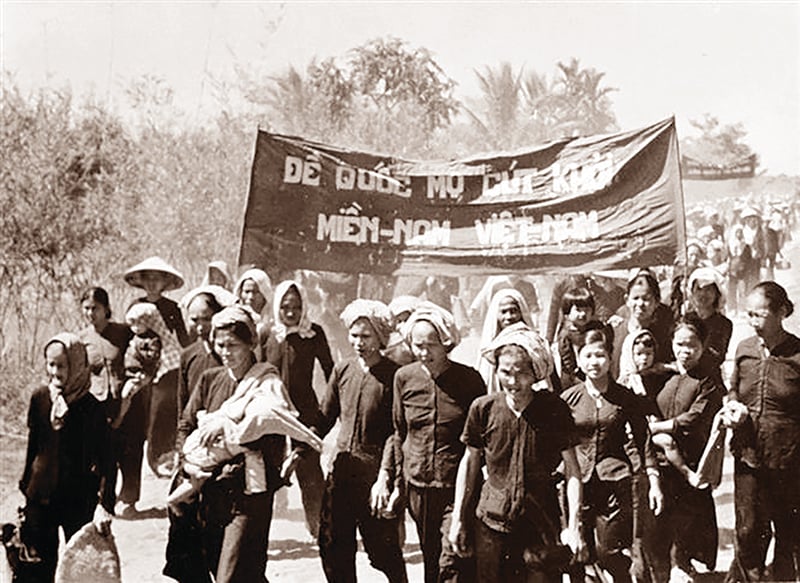
![[Video] Ministry of Health requests clarification on illegal gynecological clinic](https://vphoto.vietnam.vn/thumb/1200x675/vietnam/resource/IMAGE/2025/7/13/9c4c3d96ebff4db899f54e11d1770cc9)

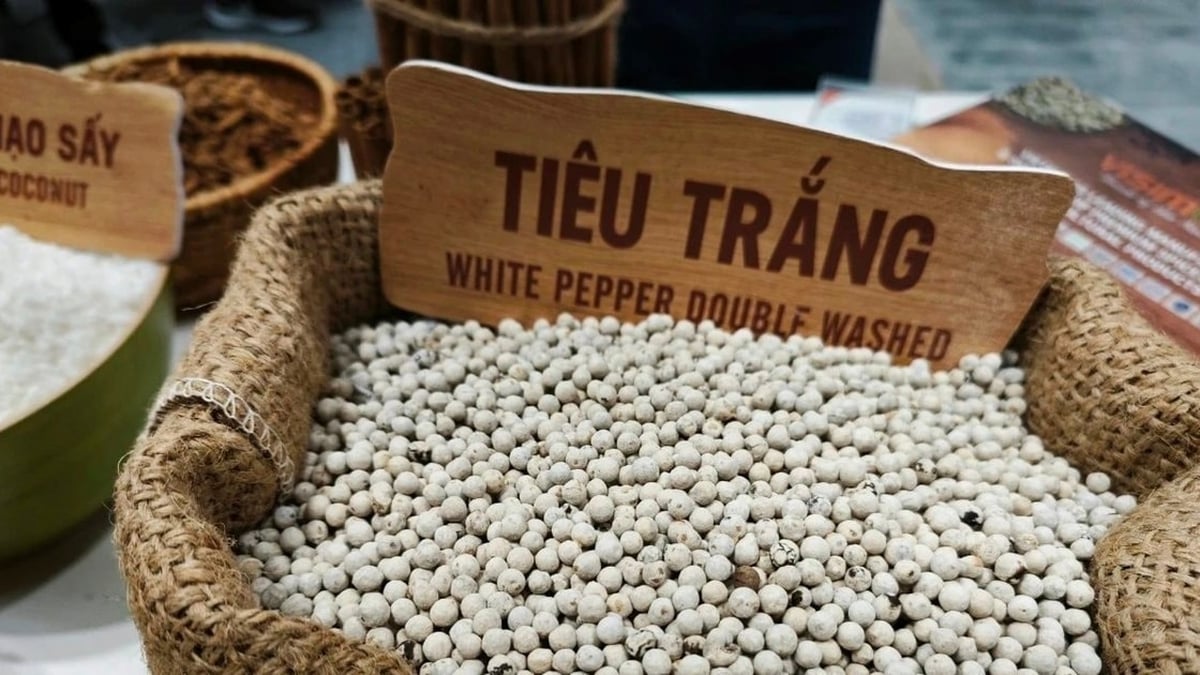

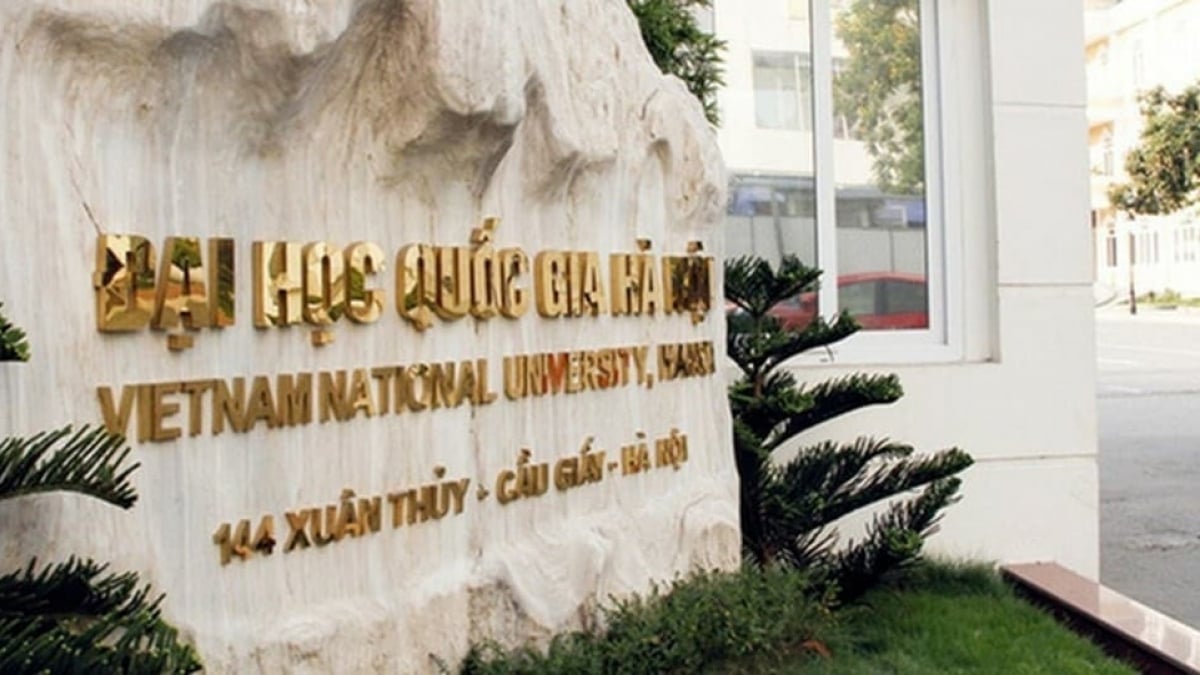
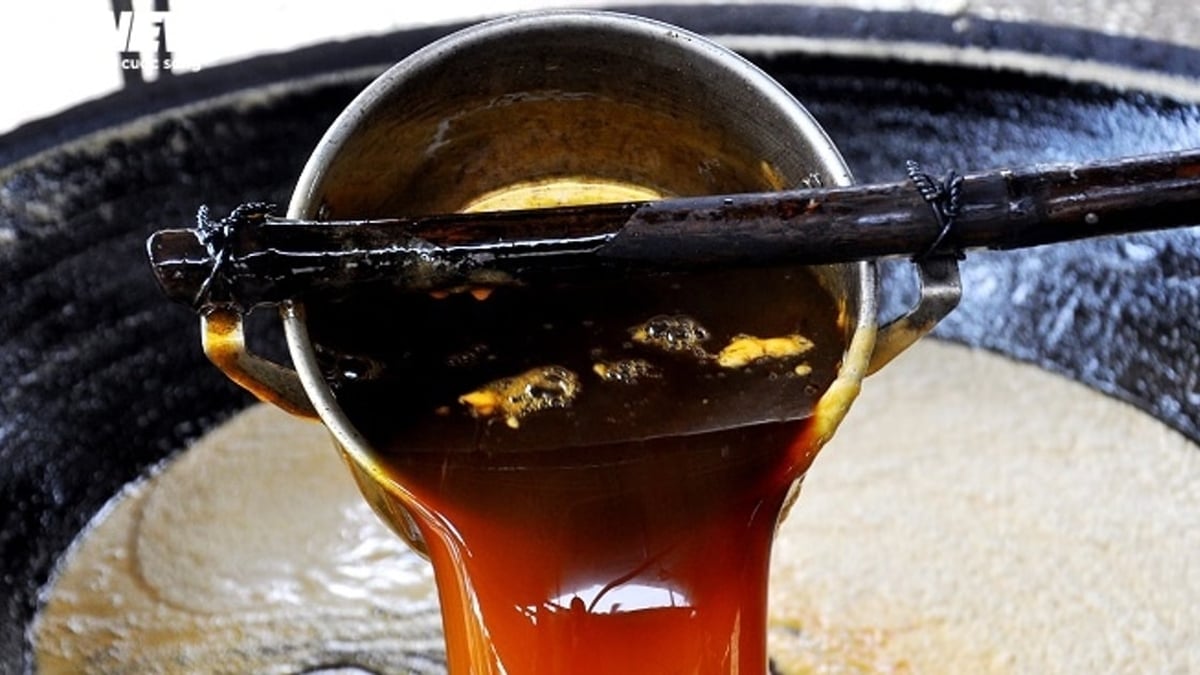
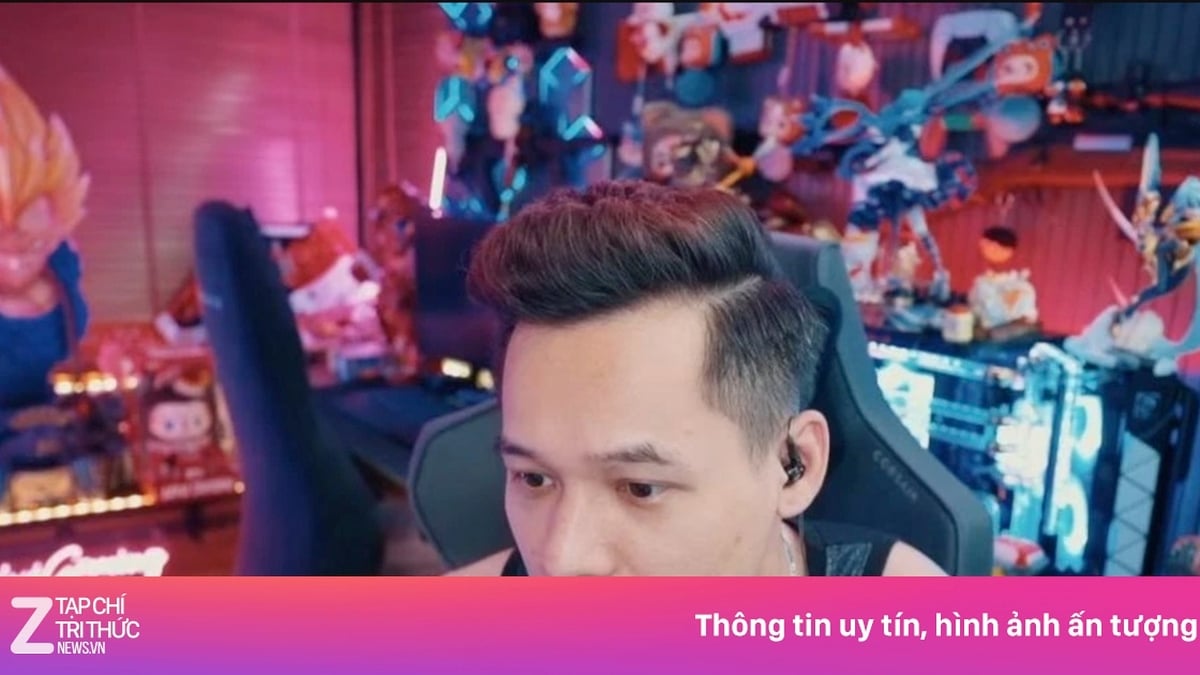
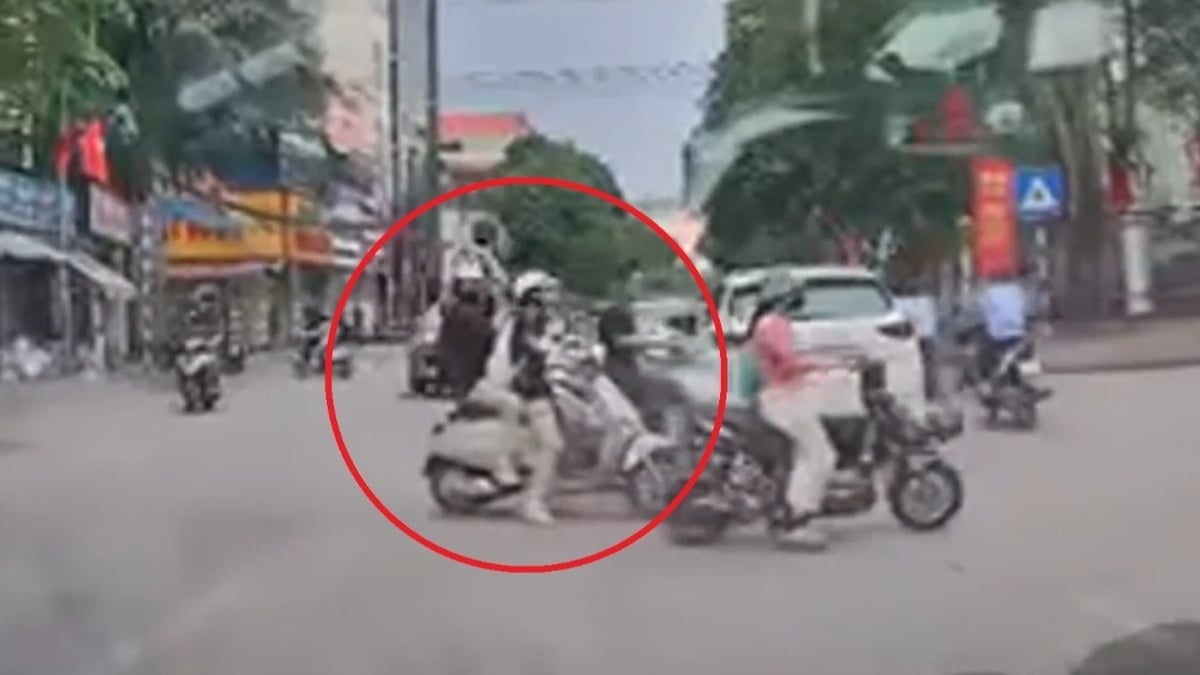
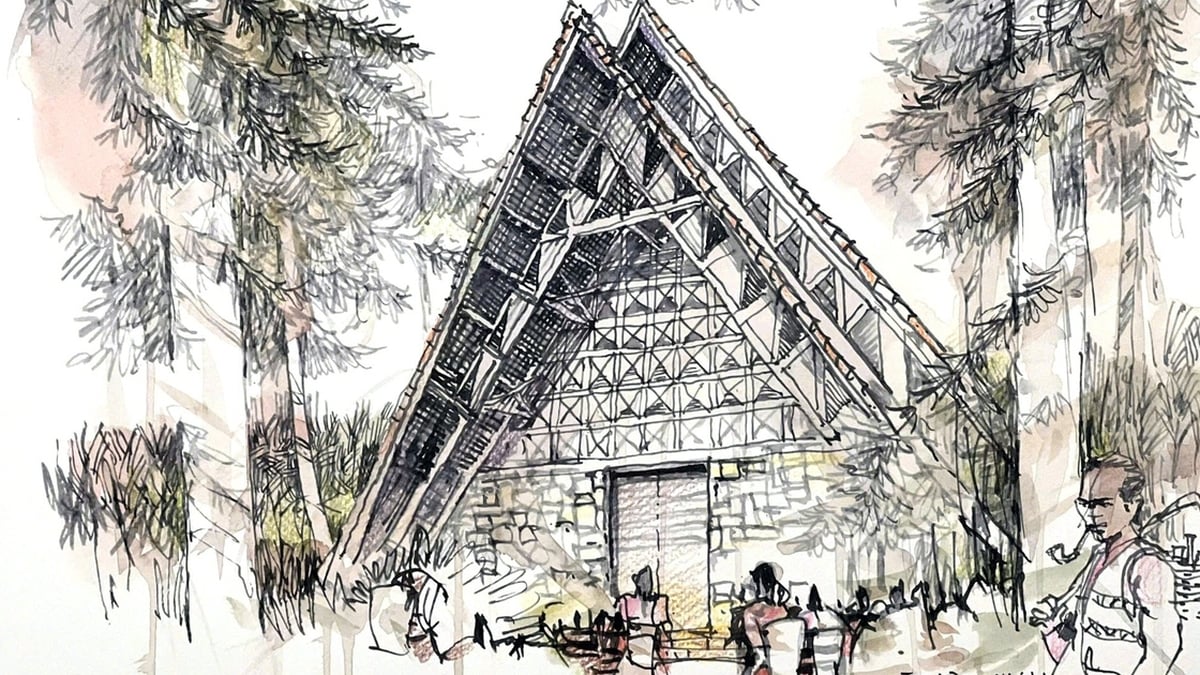



























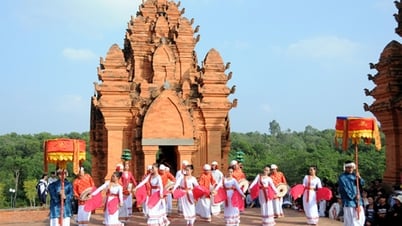



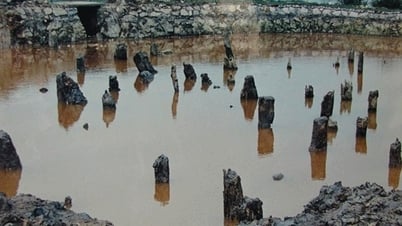






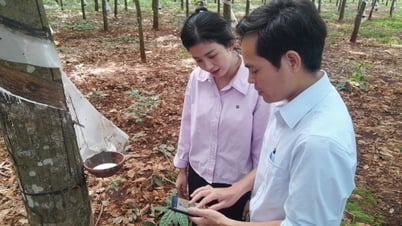

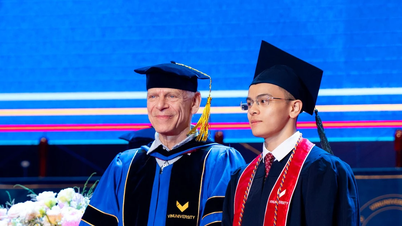










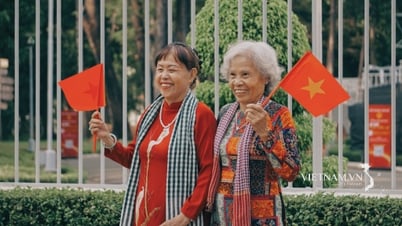
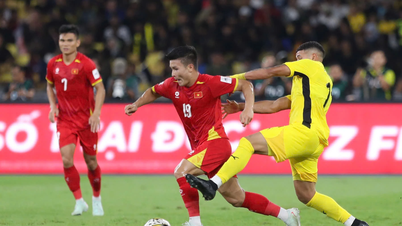
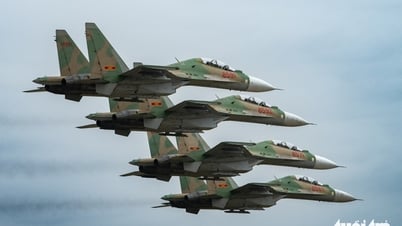


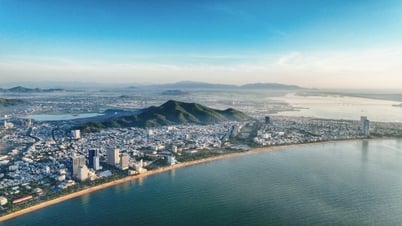








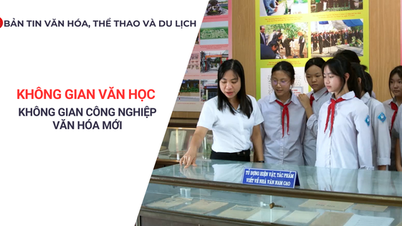
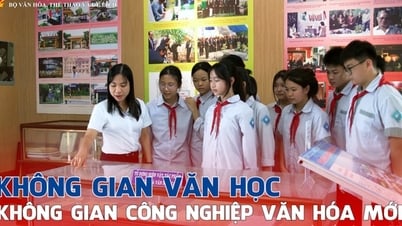
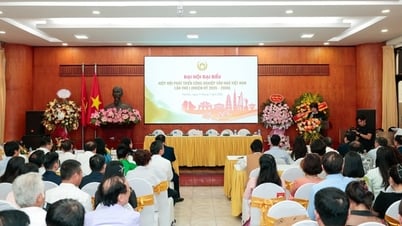





















Comment (0)